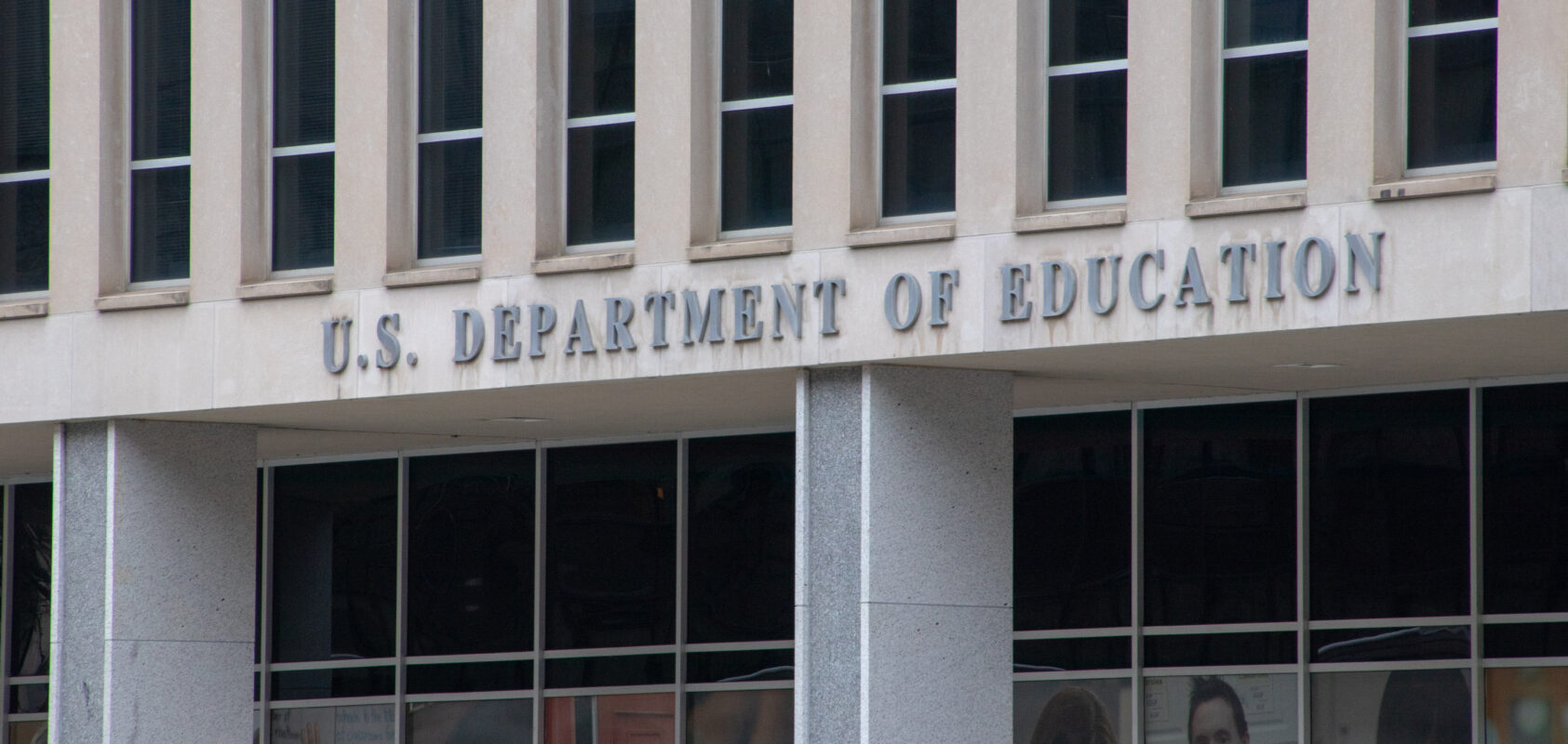On Friday, October 31, 2025, the Centers for Medicare and Medicaid Services (CMS) issued the calendar year (CY) 2026 Medicare Physician Fee Schedule (MPFS) Final Rule, outlining payment and policy changes effective January 1, 2026, that impact coverage, valuation, practice expense, telehealth, and quality/reporting across Medicare Part B services.
Conversion Factor (CF)
For most audiology services, the CY 2026 conversion factor is finalized at $33.40—a +3.26% increase from CY 2025. This reflects the statutory baseline update of +0.25% for non-Qualifying APM Participants (QPs), the temporary +2.5% one-year increase, and budget-neutral adjustments related to finalized RVU changes. While the conversion factor (CF) rose modestly, overall audiology payment impacts vary based on the efficiency adjustment and practice-expense (PE) methodology changes.
Hearing Device Services
Effective January 1, 2026, CMS will implement 12 new hearing device services CPT codes and delete six predecessor codes. Despite stakeholder requests for delay or pricing through contractor determination, CMS reiterated that under §1862(a)(7), Medicare does not cover hearing aids or related exams. As a result, these codes will remain non-payable under Medicare.
The Academy will continue provider education and documentation guidance and will encourage commercial payers and state Medicaid programs to align coverage and implement the new codes appropriately.
Telehealth
The Academy welcomes CMS’s addition of CPT 92622 and 92623 (Auditory Osseointegrated Sound Processor services) to the Medicare Telehealth Services List—an important step in expanding access, particularly for older adults or those with mobility barriers. However, due to the current government shutdown, many Medicare telehealth flexibilities have temporarily lapsed. The Academy continues to advocate for permanent telehealth authorization at the legislative level to ensure consistent nationwide access for audiology care.
Efficiency Adjustment
CMS finalized a –2.5% efficiency adjustment applied to non–time-based services, reducing both work RVUs and intraservice time for procedures expected to gain efficiency over time.
The Academy successfully advocated for CMS to remove audiology time-based codes (92620–92623, 92640) from this adjustment after they were incorrectly included, ensuring these time-based codes are excluded from the reduction.
Most other non–time-based audiology procedures—including comprehensive audiometry (92557), speech testing (92556), tympanometry/immittance (92567/92570), OAEs (92587/92588), and vestibular testing—remain subject to the –2.5% adjustment.
Physician Practice Information (PPI) Survey — Audiology Summary
In the CY 2026 Final Rule, CMS reiterated concerns with the AMA’s Physician Practice Information (PPI) and Clinician Practice Information (CPI) survey data, citing low response rates, small sample sizes, and missing or incomplete data. Despite stakeholder feedback addressing many of these issues, CMS finalized its decision not to use the AMA survey data—specifically the practice expense per hour (PE/HR) and cost share estimates—for CY 2026 rate setting.
Instead, CMS will continue its work with the RAND Corporation to develop more reliable methods for measuring practice expense (PE) and related inputs for future Physician Fee Schedule updates.
Practice Expense (PE) Methodology
CMS declined to use the new Physician Practice Information (PPI) and Clinician Practice Information (CPI) survey data for 2026 due to concerns with sample size and representativeness. Instead, CMS finalized a reallocation of indirect PE that shifts costs away from facility-based services toward office/non-facility settings, recognizing only about 50% of physician work for facility services in the indirect PE formula.
For audiology, this means lower facility-site payments and relatively more stable or improved office-based rates, with total impact depending on each practice’s service mix and site-of-service distribution.
Projected Audiology CY2026 PFS Impact
| Setting | Allowance | CF | Efficiency | PE | Net |
| TOTAL | $75 | 0% | -1% | -1% | -1% |
| Non-facility | $72 | 0% | 0% | -1% | 0% |
| Facility | $3 | 0% | -13% | -1% | -14% |
Bottom line: Overall impact on audiology will vary by service mix (hearing vs vestibular, diagnostic vs rehab/programming) and site-of-service distribution (office vs hospital/ASC). Clinics with facility-based volume will feel greater pressure from the PE methodology shift, while most non–time-based tests remain subject to the –2.5% efficiency adjustment. Offsetting effects include modest CF increases, time-based exclusions (e.g., 92620–92623, 92640), and any telehealth additions (e.g., 92622–92623). See the Audiology Codes MPFS CY 2026 Final table for more information.
Additional resources
Recent Posts
Turn Insight Into Action! Attend Learning Labs at AAA 2026
Ready to take your professional development to the next level? At AAA 2026, Learning Labs are your chance to go beyond lectures and dive into…
Your Support Makes the Difference—Let’s Finish the Year Strong
As we wrap up the year, I want to thank you for your generosity supporting the AAA Foundation’s work. The enclosed report highlights what you…
Audiology Faces New Challenges Under Draft Federal Loan Rule: What Comes Next
Member Action Needed Soon! The U.S. Department of Education’s Advisory Committee has reached consensus on proposed regulations implementing the higher education provisions of the One…


